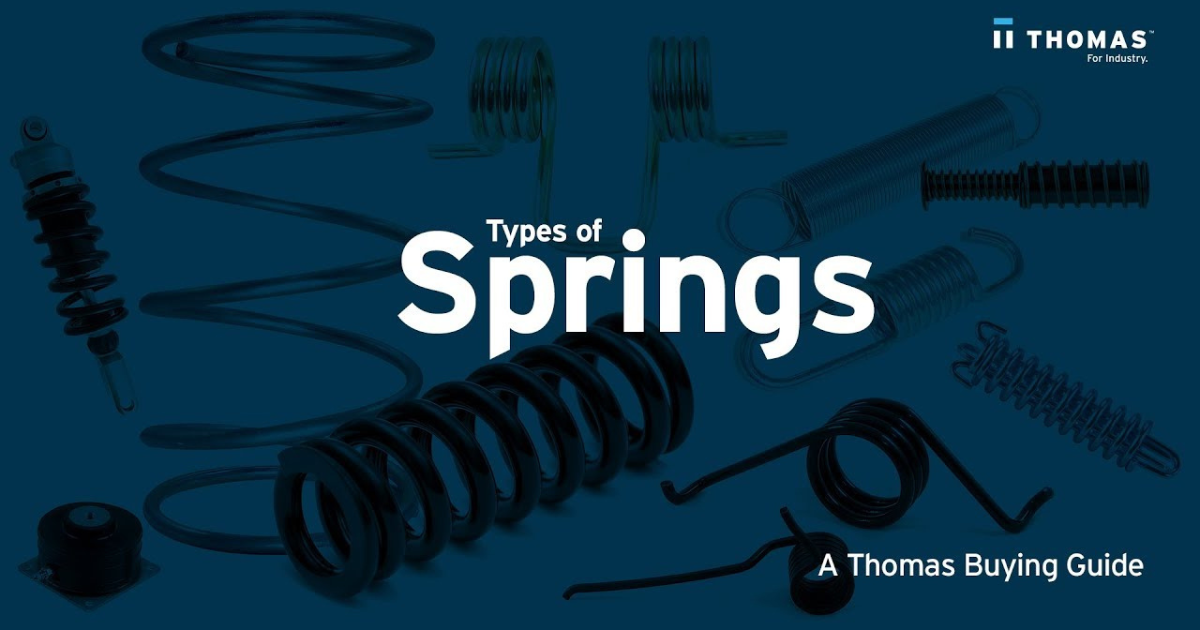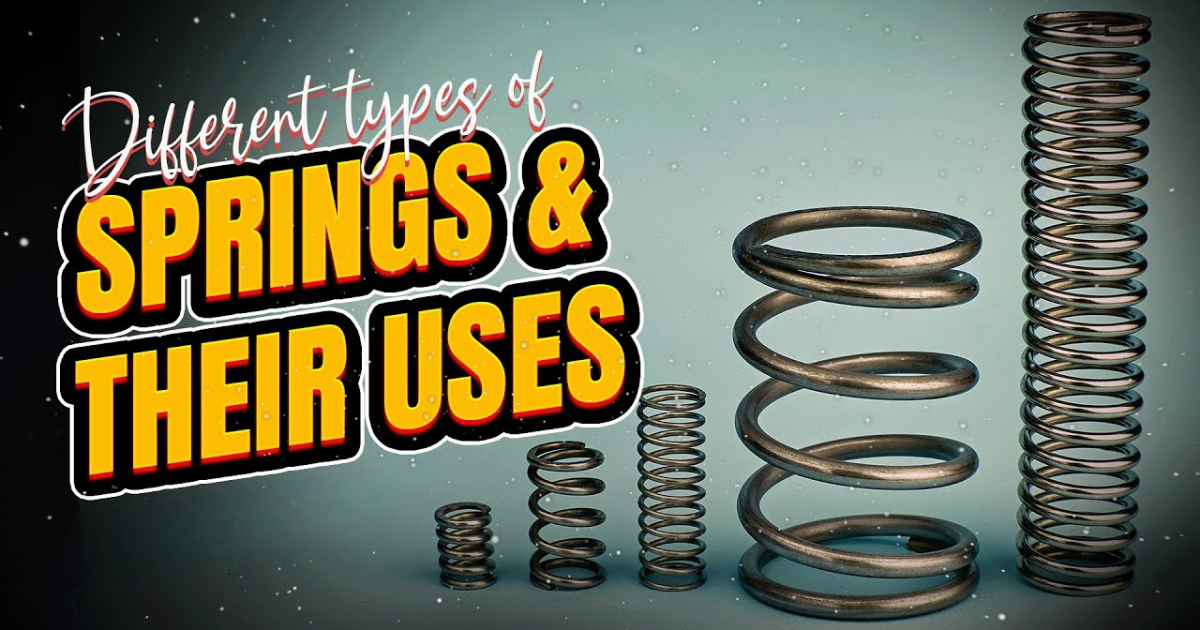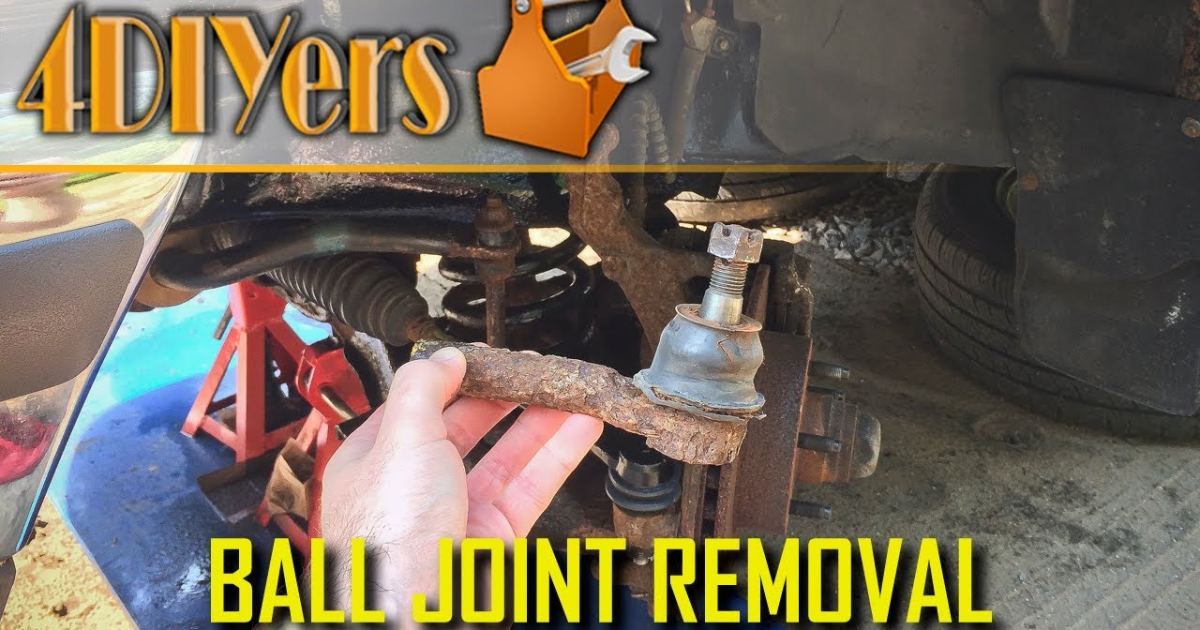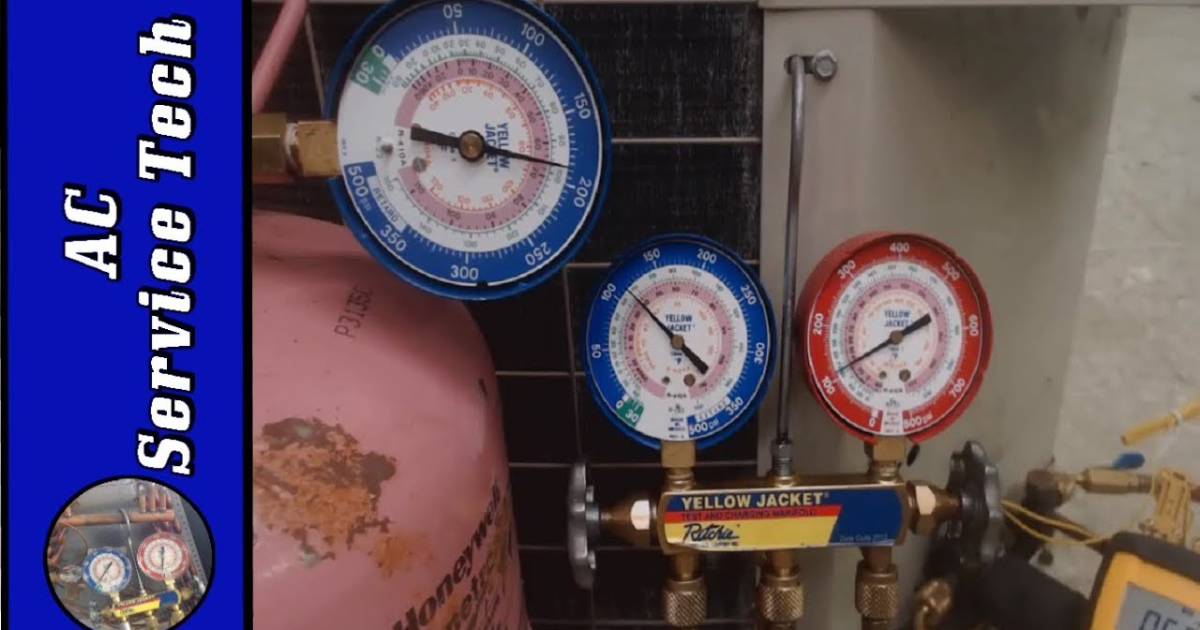Springs are essential components in various mechanical systems, providing flexibility and support. They come in different shapes, sizes, and materials, each designed for specific applications. This article explores the different types of springs, their working mechanisms, and their uses.
Understanding Springs: How They Work and Their Uses
A spring is an elastic mechanical device that stores and releases energy when a force is exerted and removed, respectively. In normal working conditions, a spring returns to its original form when an applied load is taken off. Springs are commonly used in devices that need to absorb and store energy for later use. They are designed to pull, push, lift, wind, support, or protect a device or tool. Springs are made with spring steels, which have high tenacity to restore elasticity. Examples of spring materials include Inconel, stainless steel, Titanium, carbon value, ceramic, one-directional glass fiber composite material, steel alloys Rubber/urethane, etc.
Types of Springs
Springs come in various types, each built to meet specific operational needs. Here are the most common types of springs:
- Helical Compression Springs
Helical compression springs are designed to resist compression, storing mechanical energy that gets released when a load applied to it is removed. They are the most common type of spring produced and are used to provide resistance and absorb shock or impact. Helical compression springs are found in automotive shock absorbers, toys, mattresses, and retractable pens.
- Helical Extension Springs
Helical extension springs are the opposite of compression springs. They store mechanical energy when a tension load is applied and release the energy when the tension is taken off. These springs are strong and are designed to absorb and store energy and provide resistance to a pulling force. Helical extension springs are found in trampolines, garage doors, carburetors, and agricultural equipment.
- Torsion Springs
Torsion springs store and release rotational energy when acted upon by a twisting or rotational force. They have a helical shape design with both ends either straight or specially bent to suit the design requirements of a specific application. Torsion springs are found in clothespins, mouse traps, and claw-style hair clips.
- Garter Springs
Garter springs have a coiled round shape that creates opposition radially inwardly or outwardly. These springs have both the properties of compression and extension springs, hence are often called compression and extension garter springs. They are used around seals that exert much pressure.
- Coil Springs
Coil springs are closed or open-ended mechanical tools that help store potential mechanical power. They are made of metallic or elastic materials and are usually lightweight. Compression, extension, and torsion springs are the three most common types of coil springs. Coil springs are found in components such as garage doors, retractable pens, automobiles, toasters, clocks, toys, mouse traps, trampolines, medical devices, cell phones, etc.
- Torsional Springs
Torsional springs store and release rotational energy. These springs come with loops at both ends used to attach to mechanical components. When the components turn, the spring stores rotational energy and only releases it when the winding stops.
- Spring Belts
Spring belts are torsion springs made of metal strings arranged in a belt-like pattern. They are useful in machines or applications where shock absorption or isolation is needed.
- Leaf Springs
Leaf springs are a type of compression spring built with flat metal springs also called leaves. They are made by placing metal leaves of similar curves on top of each other in order of their length, with the longest usually at the bottom.
- Oil Seal Springs
Oil seal springs are used on oil seals to serve as a radial load device, putting constant pressure on the seal lips against the shaft.
- Magazine Springs
Magazine springs are compression-type springs made with an oval or regular coil. They are used in various components, including firearms, electronics, safety devices, and industrial machinery.
- Conical Springs
Conical springs, also called tapered springs, are compression springs coiled in increasing or decreasing outer diameter, giving it a cone shape. They are used in applications where force increases gradually.
- Concave Springs
Concave springs look and function like hourglass springs, hence are also called hourglass springs. This spring’s center diameter is narrower than the diameter of both ends.
- Volute Springs
Volute springs, also called conical springs, are compression springs built with flat metals coiled into the form of a cone. They are powerful and can work for long without wearing out.
- Straight Coil Springs
Straight coil springs are compression springs with a constant force pattern that is linear. All the coils in a straight coil spring are of the same diameter.
- Barrel Springs
Barrel springs are compression springs with a larger center diameter and a smaller diameter on both ends. They are flexible and occupy smaller space, which helps prevent buckling.
- Hourglass Shaped Springs
Hourglass-shaped springs are compression springs with a smaller diameter in the center and a larger diameter at both ends. They have a high load capacity and are used in applications that need high opposition, lateral stability, and low solid height.
- Variable Pitch Springs
Variable pitch springs are compression springs with irregular coil spacing. They are used in applications where manufacturers want the rate at which shock is absorbed to be controlled in response to the load applied.





